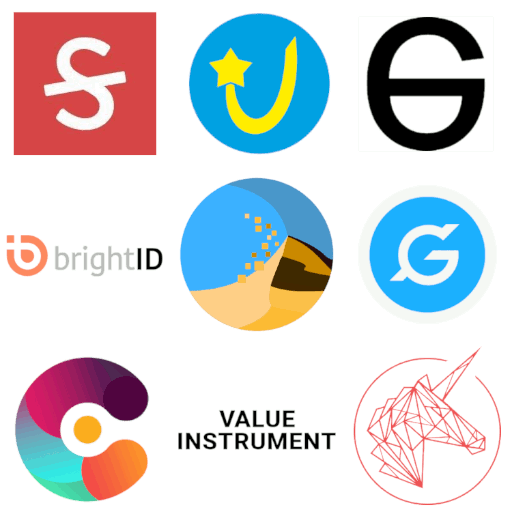
Duniter, free software
Currencies are first and foremost public utility exchange tools. However, they are generally managed by proprietary, closed, centralised ecosystems.
Projects like Bitcoin have developed free and decentralised tools to run currencies according to the free software ideal.
Duniter is inspired by these cryptocurrencies, but adopts an egalitarian monetary creation in the form of a daily Universal Dividend defined by a sound monetary theory.
Download Duniter Read Doc v2A universal monetary theory
The Relative Theory of Money is an article published in 2010 by French theorist Stéphane Laborde. In this paper he precisely defines the concepts of free money and relative value, and demonstrates the necessity of the Universal Dividend.
Definition:A libre currency puts all its members on an equal footing in terms of money creation by guaranteeing the following two points.
- At any given time, two individuals create a share of money equal in value
- This equality remains true for two individuals living at different times
Libre currency is possible and the only solution is a Universal Dividend, a share of money created periodically in proportion to the total money supply.
Read the RTM (v2.718)

Ğ1: the very first libre currency
Since 8 March 2017 (International Women's Rights Day), Duniter has been operating the first libre currency in human history in the sense given by the RTM.
The Ğ1 is a life-size testing ground with more than 6,000 participats where the theory can be tested against reality.
Unlike many other crypto-currencies, it has a real economic activity that justifies the name "currency" (rather than a speculative token).
More about the Ğ1The most advanced universal dividend project
Many projects are trying to use blockchain as a technical basis to implement different forms of "universal basic income" (UBI): Circles, Value Instrument, Good Dollar, Swift Demand, brightID, UBIC, trustlines, Greshm...
These projects gathered in 2019 in Berlin at the OpenUBI roundtables to exchange and discuss the issues they share. Duniter stands out for its theoretical approach and technical input.
A report can be found here:
Comparison of projets (PDF fr)
A project designed to last
Twelve years of history between the writing of the Relative Theory of Money and today. Many meetings and human exchanges.
Every 6 months since June 2013, the Rencontres Monnaies Libres (RML) are organised. These events are very enriching technical and human experiences.
Many developers have invested in the technical part of the project and thousands of users participate in its development through their various contributions.
A decentralised proof of personhood system

At the heart of money is trust. Trust in the robustness of the system and the absence of fraud. Duniter implements a Web of Trust, an innovative decentralised identification system that serves as the basis for the universal dividend.
This peer-to-peer identification system takes advantage of properties of graph theory to overcome the need for a central entity while maintaining a strong sense of identity. A digital identity thus strictly corresponds to a living physical person.
Discover the Web of TrustThe least energy-intensive blockchain
The proof of work implemented in Duniter cleverly avoids the power race thanks to its cryptographic identification system. The difficulty of the proof of work is thus adjusted to maintain balance and avoid overconsumption.
Duniter runs on very modest machines such as a simple Raspberry Pi, which makes it a low-power system. This is an important element in moving towards energy efficiency.
Is Duniter energy intensive?